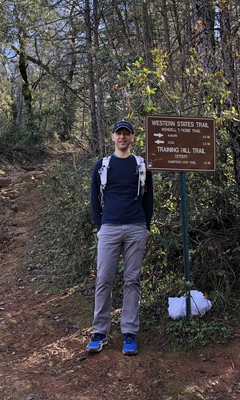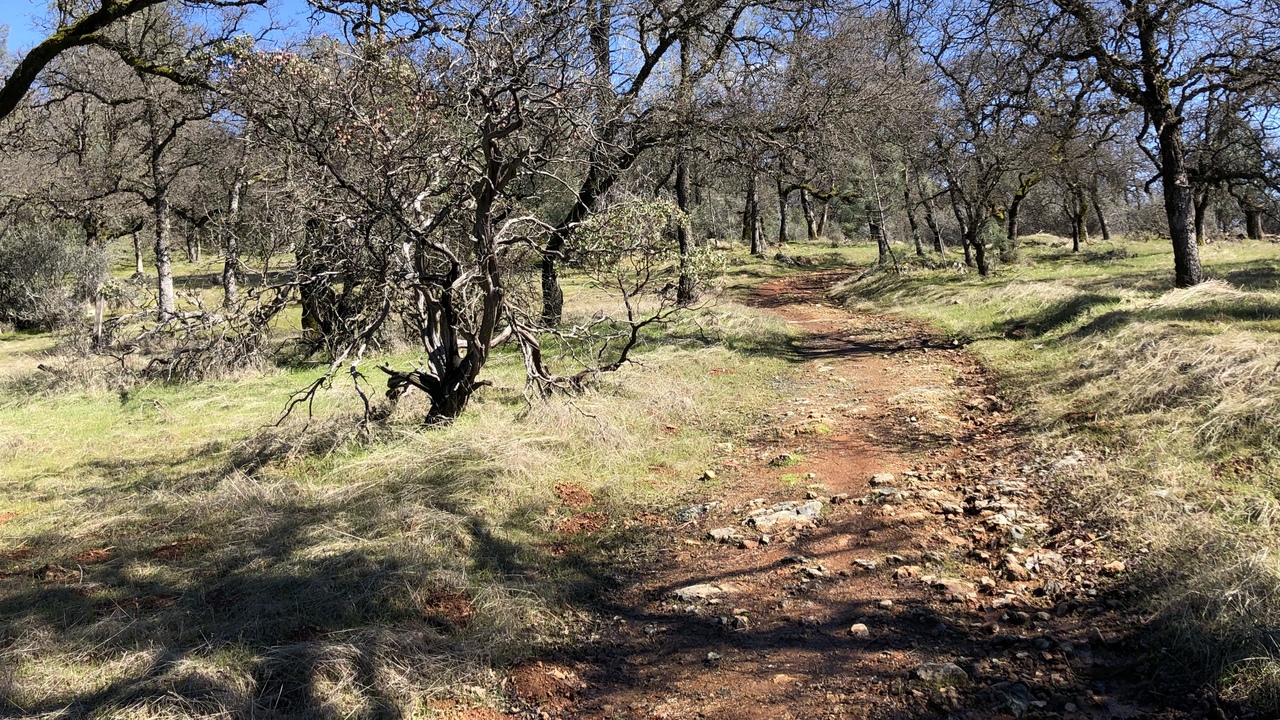Quest for a Western States Lottery Ticket
What started as a New Year’s resolution to run a trail race each month evolved into a much bigger project in mid-February. While searching for fun races, I realized that if I wanted to run Western States at some point, it would take some planning. Perhaps it was time to start down that path.
Because it’s so popular and has limited entry due to land use permits, there is a lottery system. Each consecutive year you don’t get selected, you earn twice as many tickets by qualifying the following year.
Working Backwards
In order to qualify for Western States, you must finish a qualifying race:
The 2020 qualifying run must be run from Monday, November 5, 2018 through Sunday, November 3, 2019. […] If a time is listed you must run under that time.
Needing as much time as possible to train for a 100K (the shortest qualifying distance), I found the last one before November 3rd: the Cuyamaca 100K. It also has a qualification condition:
Qualifications: All entrants must have run a verifiable 50K or longer trail race no more than 18 months prior to 4/1/2019.
My last ultra was five years ago, so I needed to find a 50K at the end of March. Fortunately, the best option was within driving distance at the Badger Mountain Challenge. The course changed a couple of years ago, pushing it out to more of a 55K. I’d been running consistently for a couple of months and still had six weeks to train, so I registered knowing that completing that distance would be challenging but achieveable.
With that, a plan was set: run a 50K to qualify for a 100K to qualify for Western States.
Working Forwards
With the sequence of events in place, I needed to get the framework of a training plan in place to make sure the plan was viable.
Badger Mountain Challenge
My longest recent run at this point was only 8 miles and I was about to finish a 26 mile week. I had six weeks to build to this 34 mile event. I figured if I could get a 20 miler under my belt, I’d be able to suffer through the race and finish.
I previewed the training plan I was looking at for the summer and fell into that rhythm: five runs a week, with Mondays and Fridays as rest days. I mapped out a rough weekly mileage plan that reasonably built volume and peaked in the upper 30’s with a 20 mile long run two weeks before the race. I also planned on a couple weekend runs where I focused more on elevation change than pace.
This all worked out well and I finished the 55K stronger than I expected.
Cuyamaca 100K
I dusted off my digitial copy of Relentless Forward Progress and studied the training programs. Each is 24 weeks long with choices between peaking at 50 or 70 miles per week and between target races of 40M to 100K or 100M.
Consistent training has never been my strength. In every stage of my running, I could’ve had more success by building bigger mileage bases. I remember sitting on a rock in the Rainier to Ruston 50 miler five years ago, about five miles from the finish, unsure if I could physically continue. That was after failing to find a ride at one of the aid stations and later taking a nap mid-race. If I’m going to be doing even longer events, I want to be far better prepared. The 100K won’t be easy, but I can make it easier by dedicating myself to this more than I have in the past. Peaking at 70 miles a week it is.
At first, I assumed I’d follow the 40M to 100K plan. After putting it on the calendar, a few concerns emerged.
- The tuneup race is a 50K, but I’d already registered for the Volcanic 50 which was four weeks earlier than the plan called for it to be. The book describes how to shift weeks to accomodate, but four weeks required a lot of shifting.
- The longest run was 50K. Standing on the starting line in San Diego knowing that I’d have to double my longest run didn’t seem ideal.
With those heistations, I took a look at the 100M plan. It works out quite a bit better for several reasons.
- The peak mileage is the same, but some miles are shifted to the weekend including more back-to-back long runs.
- The 50K tune up race is only one week off from the date of the Volcanic 50.
- There’s a 50M tune up race. If I can finish a 50 miler strong, adding on 12 miles is a lot less daunting.
Finally, going through a 100M training plan once will give me more confidence when I’m looking at doing it again to train for an actual 100M race.
Western States
 Getting my ticket drawn this year is unlikely, but possible. Last year, entrants with a single lottery ticket had a 1.7% chance of being drawn. Before taking this on, I wanted to do some back of the napkin math to know that I’d have enough time to fully recover before starting up training again.
Getting my ticket drawn this year is unlikely, but possible. Last year, entrants with a single lottery ticket had a 1.7% chance of being drawn. Before taking this on, I wanted to do some back of the napkin math to know that I’d have enough time to fully recover before starting up training again.
The race is at the end of June. Assuming the training for Cuyamaca goes well and I like that training plan, I’ll likely repeat it. Since it’s 24 weeks, that would land the start in early-to-mid January, providing three months between the 100K and beginning training for Western States. I don’t need all the details, just peace of mind that I’ll have time to train should I be fortunate enough for the opportunity.
And if I don’t get in, I’ll find a summer qualifier to double my chances next year. Either way, there’s enough time to recover.

